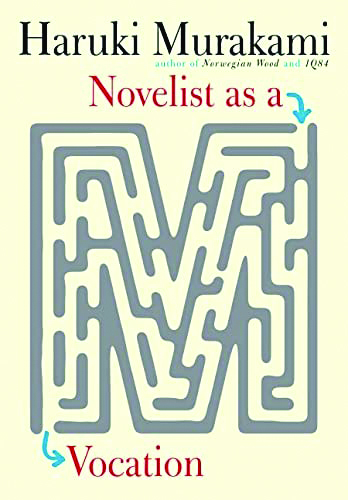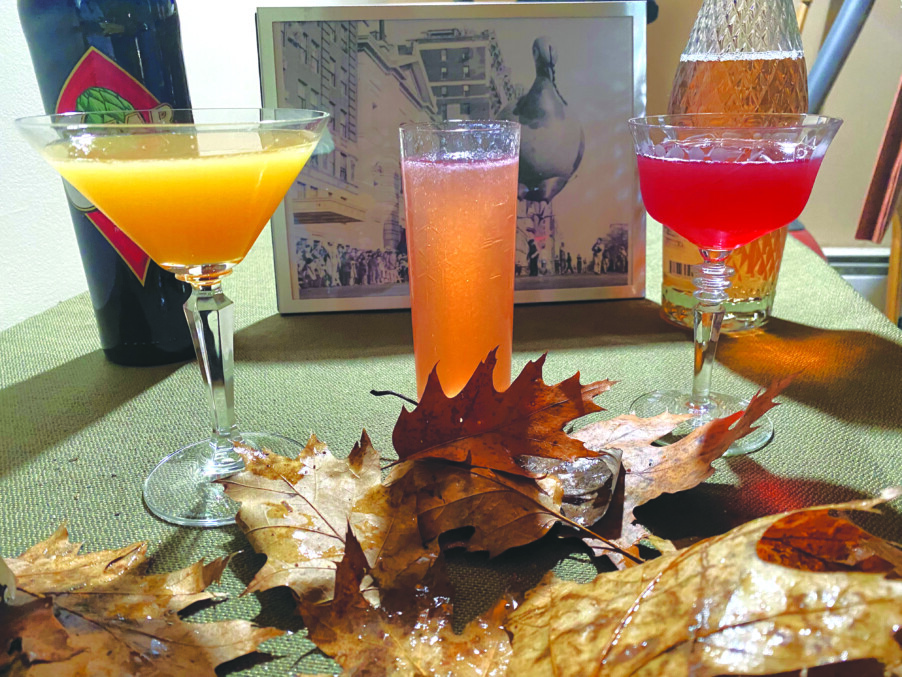Step out for a musical December
From big stages to small, national touring acts and regional heroes will fill the nights with mirth and melodies throughout December.
Here’s a taste of what’s coming.
• Bookend the month, and then some, with Recycled Percussion. The junk rockers close out their latest, Redonkulous, at their personal performance venue, The CAKE, with 2 p.m. and 7 p.m. shows (tickets $35 to $110) on two Saturdays, Nov. 26 and Dec. 3, and Sunday, Dec. 4, at 2 p.m. On Wednesday, Dec. 28, they’ll invade Manchester’s Palace Theatre ($35 and up) for a 13-show run that concludes on Jan. 7.
• Over at the Palace’s sister room The Rex Theatre, get festive and international with a week of holiday-themed events. On Saturday, Dec. 10, at 7:30 p.m. Boston-based jazz singer Rich DiMare serves up A Sinatra Christmas($29 and up), followed Sunday, Dec. 11, at 4 p.m. by the Celtic fiddle mastery of A Joyful Christmas with Eileen Ivers ($39). On Wednesday, Dec. 14, Italy takes a jazzy bow with Anthony Nunziata: My Italian Broadway Christmas; the next day, it’s Eric Mintel’s Charlie Brown Jazz Christmas. The Spain Brothers offer a blend of holiday-themed Irish and American folk on Saturday, Dec. 17 (all shows 7 p.m., $29).
• At the state’s largest venue,the SNHU Arena, the Boston Pops Esplanade Orchestra returns for the 21st time since their Manchester debut in 2001, on Saturday, Dec. 10, at 7:30 p.m., as Keith Lockhart conducts the 2022 Holidays Pops Tour. Tickets are $55 and up at ticketmaster.com.
• At Concord’s Bank of NH Stage on Friday, Dec. 2, at 7 p.m., Portland, Maine-based Spencer and the Walrus recreate The Beatles’ studio recordings with astounding accuracy, joined by a six-piece horn section ($38). The theme continues with well-regarded Talking Heads tribute act Start Making Sense on Saturday, Dec. 3. at 8 p.m. ($15 and $30). Tim Reynolds, who rose to fame through his collaboration with Dave Matthews, plays with his TR3 band on Friday, Dec. 16, at 8 p.m. ($36).
• The Capitol Center for the Arts hosts a trio of seasonal shows starting with The Seamus Egan Project’s Celtic Christmas on Saturday, Dec. 3, at 7 p.m. ($32 and up). The Capital Jazz Orchestra does its Holiday Pops show on Sunday, Dec. 11, at 4 p.m. ($27.50 and up) and the annual Morning Buzz Christmas Ball happens Thursday, Dec. 15, at 7 p. m. ($45, recommended age 18+)
• Tupelo Music Hall is packed from Day 1, as bluesman Popa Chubby stops by, with local favorite Brooks Young as an opener, on Thursday, Dec. 1, at 8 p.m. ($30). Guitar shredder Gary Hoey, whose Ho! Ho! Hoey! holiday show is synonymous with the season, plays Sunday, Dec. 4, at 7 p.m. ($35 and up). Musicians’ musician Martin Sexton hits Tupelo Friday, Dec. 9, at 8 p.m. ($40 and up), and folk chanteuse Judy Collins offers hits and holiday songs Sunday, Dec. 18, at 7 p.m. ($55 and up).
• At Jimmy’s Jazz & Blues Club, guitarist and legendary side man Larry Carlton digs into Steely Dan’s catalog — that’s him wailing on 1976’s “Kid Charlemagne” — and plays other hits Saturday, Dec. 3, at 7 and 9:30 p.m. ($35 to $115). Singer-songwriter Dar Williams serves up erudite folk songs Thursday, Dec. 8, at 7:30 p.m. ($10 to $60), while British Blues Hall of Fame guitarist Matt Schofield plays Saturday, Dec. 17, at 7:30 p.m. ($15 to $55).
• At the nearby newly renovated Music Hall Lounge, the utterly charming Antje Duvekot appears Thursday, Dec. 8, at 7:30 p.m. ($37 and up), and Thanks to Gravity, a band key to the early ’90s Seacoast scene chronicled in the 2012 documentary In Danger of Being Discovered, plays two shows, Saturday, Dec. 10, at 7 p.m. and Sunday, Dec. 11, at 8 p.m. ($28 and up).
• 3S Artspace has a few live music events, including free ones like Mission of Burma’s Roger Clark Miller playing from his boundary-stretching album, Eight Dream Interpretations for Solo Electric Guitar Ensemble, on Friday, Dec. 2, at 6:30 and 7:30 p.m. Small Pond tops a Saturday, Dec. 3, 7 p.m. show with Hello Shark and Sneaky Miles ($15). The headliners began in Portsmouth doing DIY shows, later opening for national acts like The Ballroom Thieves and Haley Heynderickx. Their sound is described as “swingy, laid-back indie rock with big hooks and undeniably catchy lyrics.” Boston emo stalwarts Piebald plays a 3S date on Wednesday, Dec. 28, at 8 p.m. ($25).
Venues
Bank of NH Stage 16 S. Main St., Concord; ccanh.com
The CAKE Theatre 12 Veterans Square, Laconia; thecaketheatre.com
Chubb Theatre (Capitol Center for the Arts) 44 S. Main St., Concord; ccanh.com
Jimmy’s Jazz & Blues Club 135 Congress St., Portsmouth; jimmysoncongress.com
Music Hall Lounge 131 Congress St., Portsmouth; themusichall.org
Palace Theatre 80 Hanover St., Manchester; palacetheatre.org
Rex Theatre 23 Amherst St., Manchester; palacetheatre.org
SNHU Arena 555 Elm St., Manchester; snhuarena.com
3S Artspace 319 Vaughan St, Portsmouth; 3sarts.org
Featured photo: Recycled Percussion. Courtesy photo.






